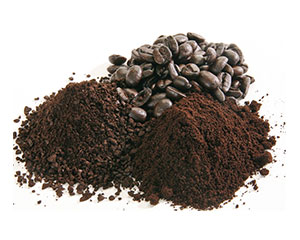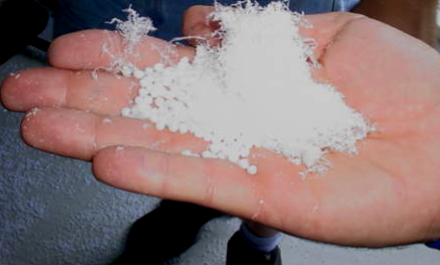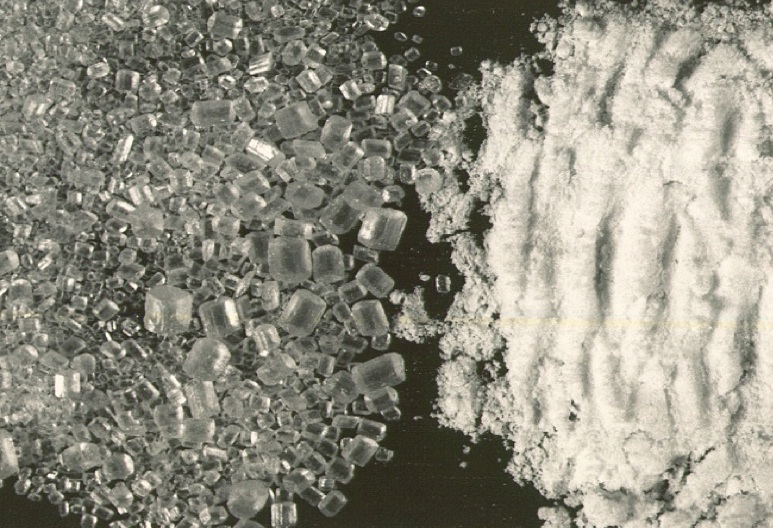

Sometimes attrition, the breaking down of particles, can be a really good thing – like when I wake up in the morning to the sound of coffee beans grinding just waiting for me to make a perfect cup of coffee. Other times, attrition can be a really bad thing, like when I wake up excited for a bowl of delicious cereal with beautiful flakes and I pour out the cereal only to get a bowl full of broken flakes. Often my children have beaten me to the cereal and left only the crumbs!
In industry, particle breakage, fines generation or fragmentation can result in:
- Decreased product performance → degraded appearance, reduced solubility, and yield loss
- Creation of dust → safety hazards like dust explosions, and plugged dust collectors
- Powder caking → material handling issues and unreliable flow
Factors that affect attrition include material related properties such as particle hardness, chemistry, shape and size. Other factors are related to how the material is handled in the equipment, such as drop height, flow through a bin and feeder, pneumatic conveying velocities and line layout.

If your material is friable, then it is obvious that you need to minimize things like drop height and consider the impact surface. Other less obvious areas that can cause attrition are the flow pattern through the hopper, feeders and valves.
Questions that often come up during the design phase, especially with a new product, are:
- How high can you drop the material before it breaks? And if it does break what particle size does it break down to?
- How will the material degrade under the pressures experienced during flow through a bin and feeder?
- What is the maximum load I can put on the particle before it breaks?
- What is the maximum conveying velocity to minimize attrition?
We can answer these questions through a variety of attrition tests. With the results in hand, the correct system can be designed or modified to minimize particle breakage.
Now if I can only teach my children to handle the cereal gently to avoid breaking the flakes – or better yet, leave me more cereal in the first place!




